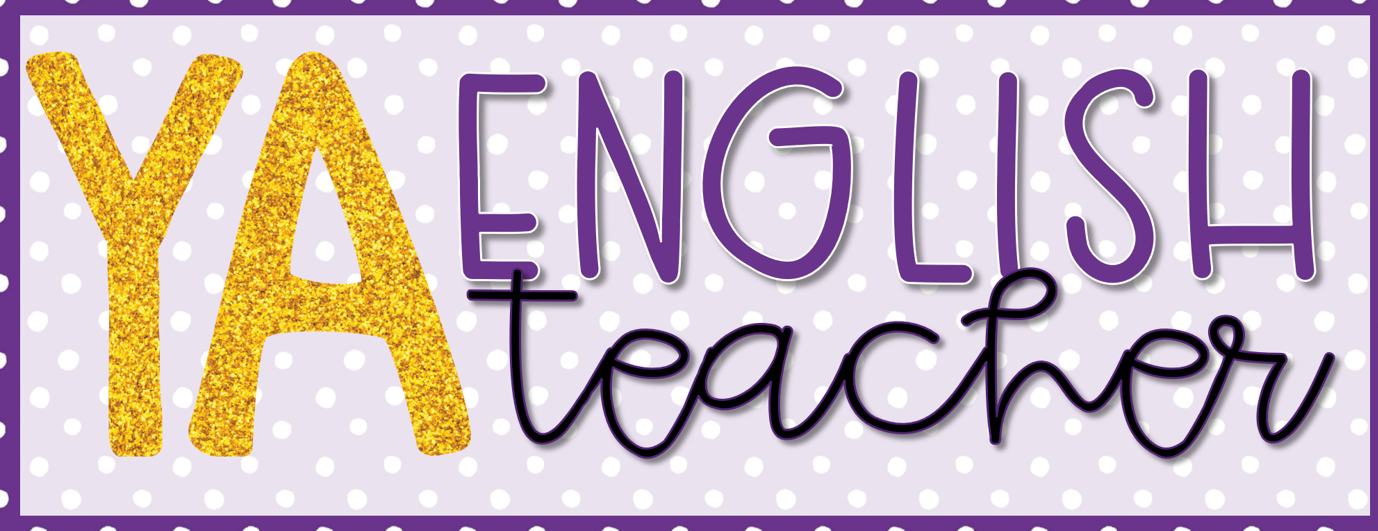Let’s talk about the Project LIT (Libraries in the) Community that was started by Jared Amato, a high school teacher in Nashville. For those of us who have been trying to move away from the old school canon to book choices that speak to our students, this movement is for us. I heard about it from my partner in all things literacy, Emily Hester. Our mission is to build classroom libraries and put good books in our kids’ hands. I’m going to speak for myself, but I know that many conclusions that I’ve come to have happened with or because of Emily Hester.
I realized a few years ago, as I taught 9th grade English, that the curriculum needed to be anchored in relevant, contemporary, diverse adolescent literature. Of course, I want students to study a few canonical texts in order to have the cultural capital for AP exams and college courses. But the reality was that many of our students, far more than we were willing to admit, were not going to stand a chance of passing an AP test or qualifying for anything more than remedial college English classes if we didn’t get them reading voraciously, like yesterday. Additionally, we were watching our students struggle with social issues that needed attention: racism, gender identity, and police violence were only a few of the issues that our students were dealing with on a daily basis.
Many of the canonical texts did not address the issues that our students faced. If they did, it was tangential, and many of our students were lost before the connections were clear. In order to develop more engaged readers, we started to gradually shift to contemporary Young Adult or Middle Grade whole-class novels. We were enthusiastic about connecting students with contemporary texts as independent reading choices, but getting our schools and districts to fund a systemic shift would take more time. We had our students buy their own books. We crowdsourced funding for our classroom libraries using DonorsChoose. Our schools began to buy the books we asked for, but we didn’t push for our classroom libraries. Just for our whole-class texts. Our test scores were strong. Other teachers and administrators began to listen to us. We wanted to move to more book clubs with more books, giving students more choices. But how were we going to get there? And what about the criticism from the old guard? I didn’t know how to confidently move forward.
Then, Emily connected with Project LIT Community. This movement is advocating for exactly what we want in our schools. See their mission here. Emily held a Project LIT Chat with YA author Ibi Zoboi when she was in town for the Arkansas Literary Festival. Students who had read American Street gathered to discuss her book with her, ask questions, and learn more about her life and process. That was the turning point for me. That was the point where I realized how powerful this movement is for the students. When they read books and meet authors, they are that much closer to seeing themselves with agency. Their experiences are validated. Our students feel connected. They are connected to authors, reading, writing, each other, and us.
We are just getting started here in Little Rock, Arkansas. This summer, our literacy team is traveling to Nashville to get together with other members of this community at the Project Lit Summit. We will collaborate and discuss great books. Will this community help disrupt the traditional English curriculum? I hope so. Learn more about the 2018-2019 Project LIT Book Club selections for this year and join the community. There are both Young Adult and Middle Grade book clubs. Also, check back here for resources to use with these books. I’m working on book club guides and other resources that will help you elevate and celebrate contemporary, diverse Young Adult and Middle Grade novels to their rightful place at the center of the curriculum.

